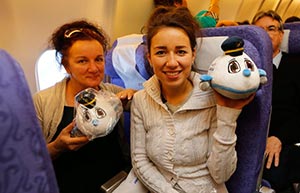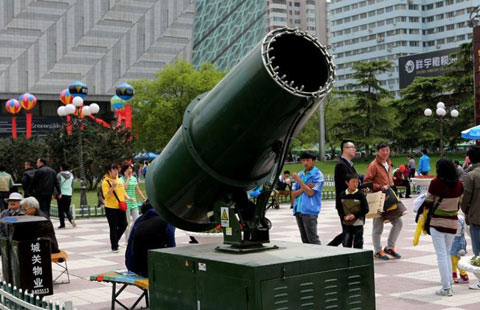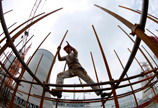HSBC manufacturing PMI sluggish in April
By Zheng Yangpeng (China Daily) Updated: 2014-05-06 11:00
 |
|
Workers test flat screen television sets on an assembly line in Lianyungang, Jiangsu province. The final reading of the HSBC Holdings Plc Purchasing Managers Index for April came in at 48.1,below the preliminary reading of 48.3. Geng Yuhe / For China Daily |
China's manufacturing sector failed to make a strong comeback in April, while the service sector continued to expand, underscoring the changing growth pattern in the world's second-largest economy.
The final reading of the HSBC Holdings Plc and Markit Economics Purchasing Managers Index for April came in at 48.1, below the preliminary reading of 48.3 but up slightly from an eight-month low of 48.0 in March. It was the fourth month that the sector contracted.
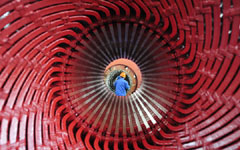 |
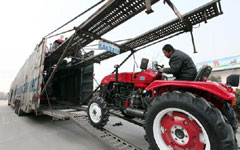 |
The official PMI is weighted more toward bigger and State-owned enterprises, while the HSBC/Markit survey focuses on smaller private companies.
Analysts said the slower decline of the new orders sub-index indicated a marginal improvement in domestic demand, while the new export order sub-index indicated deteriorating export conditions.
"The latest data implied that domestic demand contracted at a slower pace but remained sluggish. Meanwhile, both the new export orders and employment sub-indexes contracted, and were revised down from the earlier flash readings," said Qu Hongbin, chief economist for China at HSBC.
"These indicate that the manufacturing sector, and the broader economy as a whole, continues to lose momentum," he added.
In the official PMI reading, new export orders in April dipped below 50, the point that separates expansion from contraction. Zhao Qinghe, an analyst with the NBS, noted that although the new orders index has been faring better than the new export index since mid-2012, the gap widened to 2.1 percentage point in April from an average of 1.9 percentage point during the period.
"This showed that domestic demand's contribution to manufacturing continued to rise, and the domestic market increasingly became the main engine of manufacturing growth," Zhao said.
- Shanghai unifies urban and rural pension plans
- Finance firms now profitable business in China
- China's Q1 service trade surges
- Tencent to buy stake in digital map provider Navinfo
- Ad industry prepares for big transformation
- Credit database plan sent to cabinet
- Perfect storm hits Canton Fair
- 'Golden week' glitters less in HK this year

